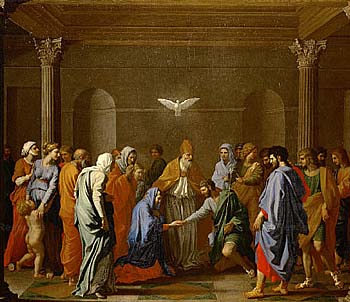On July 4th
we will be celebrating our nation’s 236th birthday. We won’t be celebrating our independence on
July 2nd when the Second Continental Congress voted unanimously to
approve the resolution proposed by Patrick Henry Lee of the Virginia colony to declare
our independence from the tyrannical ruling hand of Great Britain. We won’t celebrate our independence on July 8th
when the public was first made aware that it too was party in this grand treasonous
plan. We won’t celebrate our
independence on August 2nd when the final ratifying signature was
added to the Declaration of Independence making it finally true. We won't be celebrating our independence on some mid-November date when King George III may (or may not) have finally received notice from those rebel colonists, rendering us well and truly independent of British rule. (Two copies were transmitted to England by Vice Admiral Lord Richard Howe
who departed Staten Island on August 11 and would not even arrive in England
until mid-November. So technically, the
colonies were still British subjects until the King recognized their
independence. No one even knows if the king ever did see the document. Could be this explains why many Brits still
refer to America as “the colonies.” But since two of the remaining 25 original Dunlap broadsides are housed in the British Archives, it's safe to assume that some reigning monarch has read it.)
We will be
celebrating our nation’s 236th birthday on July 4th
because that is the date that the clerk wrote on the original document to be
copied into broadsides. While the
unanimous vote was made on July 2nd, making our nation’s
independence official from that day forward, there was still a considerable
amount of debate over the document before the written declaration would finally
be approved. And that happened on July 4th. So in essence, what we are really celebrating
on July 4th is the final edit of a written document. Still, if that were the true case, the
document meant nothing until all the signatures were included. Consider the consequences if one of the
voters changed his mind and refused to sign!
Would the letter with the declaration have ever been sent to King
George?
If you ever
get the chance to visit Philadelphia on July 8th, go to Independence
Hall and listen to the town crier read The Declaration of Independence and
imagine being a colonist hearing those words for the first time. Imagine, too, being that colonist who
understands him or herself to be a subject of the King of England and citizen of the greatest empire
on the planet (at that time). It’s not
hard to understand why churches were packed in the days and weeks following
the announcement—and it wasn’t just because going to church was expected! God’s role in America’s independence was and is
a matter of great philosophical debate. But
that those people at that time desperately needed to believe in God and that
God was with them cannot be denied.
This
Independence Day, read the famous words of The Declaration of Independence and take time to consider how much
faith and trust was required by the colonists to simply move forward. Take the time to consider how much faith and
trust we exhibit everyday as we move forward in our own lives and in our own
times of political upheaval. God may or
may not approve of our actions, and God may or may not have a hand in our destiny. But believe with all your heart and faith and
trust that God is with us.






